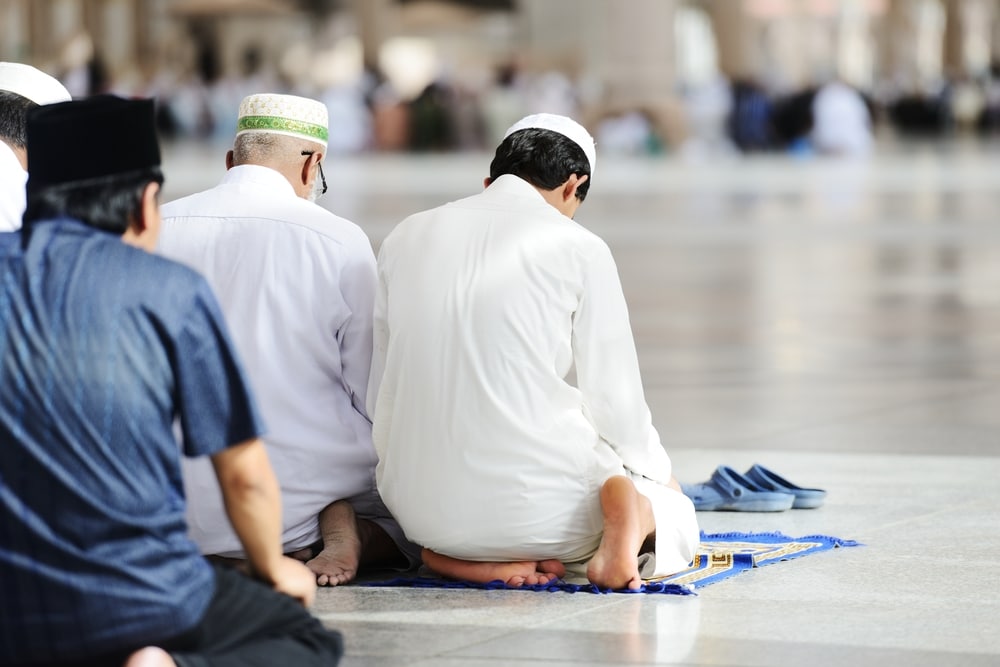The chant in Arabic blasted from rooftop loudspeakers, drowning out both the growl of traffic from nearby interstates and the chatter and clinking glasses on the patio of the dive bar that shares a wall with Minneapolis’ oldest Somali mosque.
According to the Associated Press, Dozens of men in fashionably ripped jeans or impeccably ironed kameez tunics rushed toward the Dar Al-Hijrah mosque. Teens clutched smartphones, and some of the older devout shuffled in with the aid of walkers from the high-rise complex across the street where thousands of Somalis live.
This spring Minneapolis became the first large city in the United States to allow the Islamic call to prayer, or adhan, to be broadcast publicly by its two dozen mosques. As more of them get ready to join Dar Al-Hijrah in doing so, the transforming soundscape is a testament to the large and increasingly visible Muslim community, which is greeting the change with both celebration and caution, lest it cause a backlash.
“It’s a sign that we are here,” said Yusuf Abdulle, who directs the Islamic Association of North America, a network of three dozen mostly East African mosques. Half of them are in Minnesota, home to rapidly growing numbers of refugees from war-torn Somalia since the late 1990s.
Abdulle said that when he arrived in the United States two decades ago, “the first thing I missed was the adhan. We drop everything and answer the call of God.” The adhan declares that God is great and proclaims the Prophet Muhammad as his messenger.
It exhorts men — women are not required — to go to the closest mosque five times a day for prayer, which is one of the Five Pillars of Islam. Its cadences are woven into the rhythm of daily life in Muslim-majority countries, but it’s a newcomer to the streets of Minneapolis, which resonate with city traffic, the rumble of snowplows in winter, and tornado siren drills in summer. READ MORE










